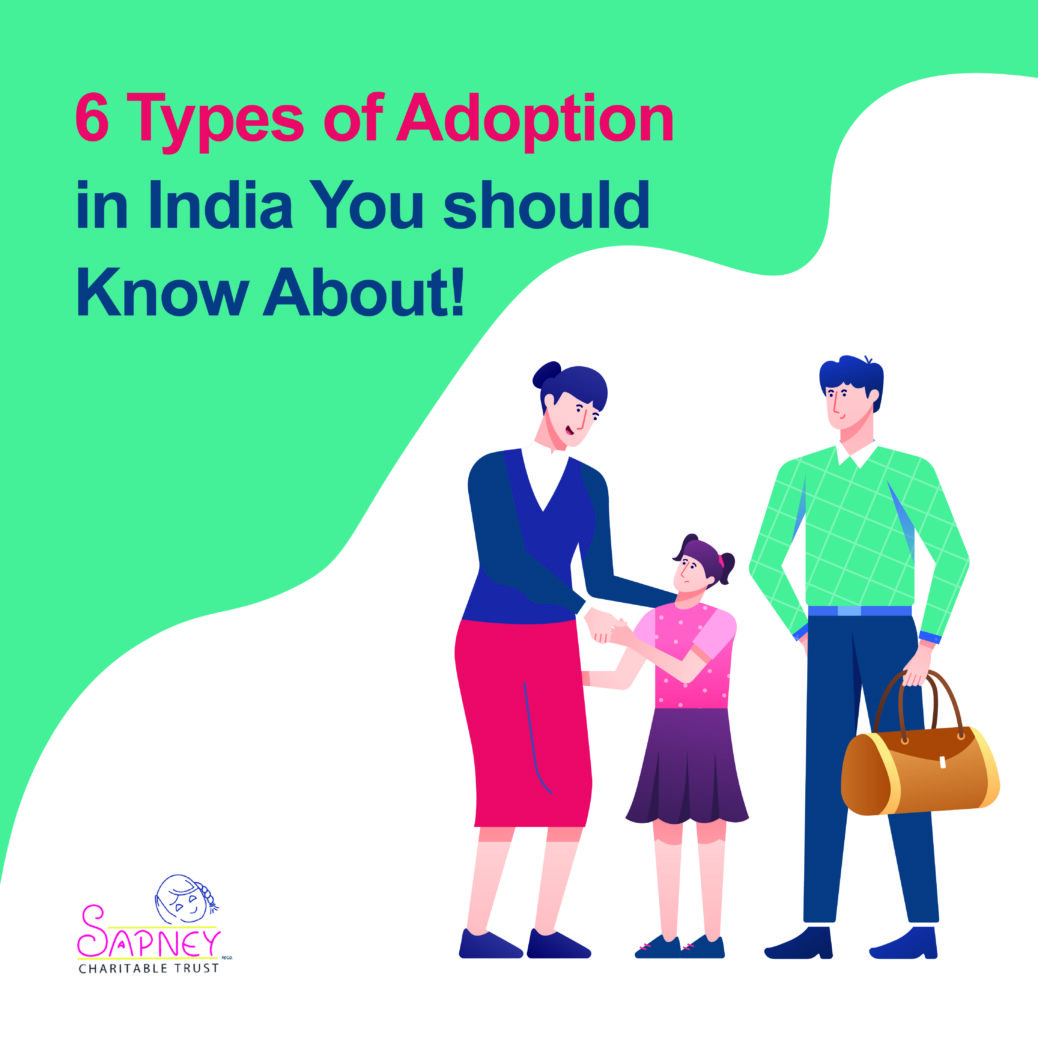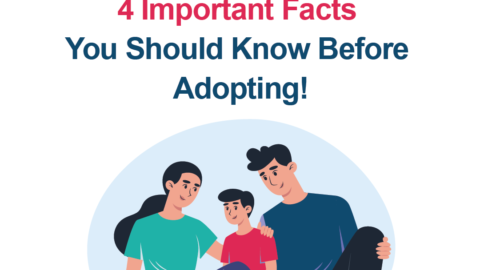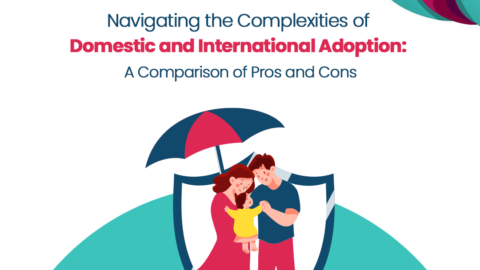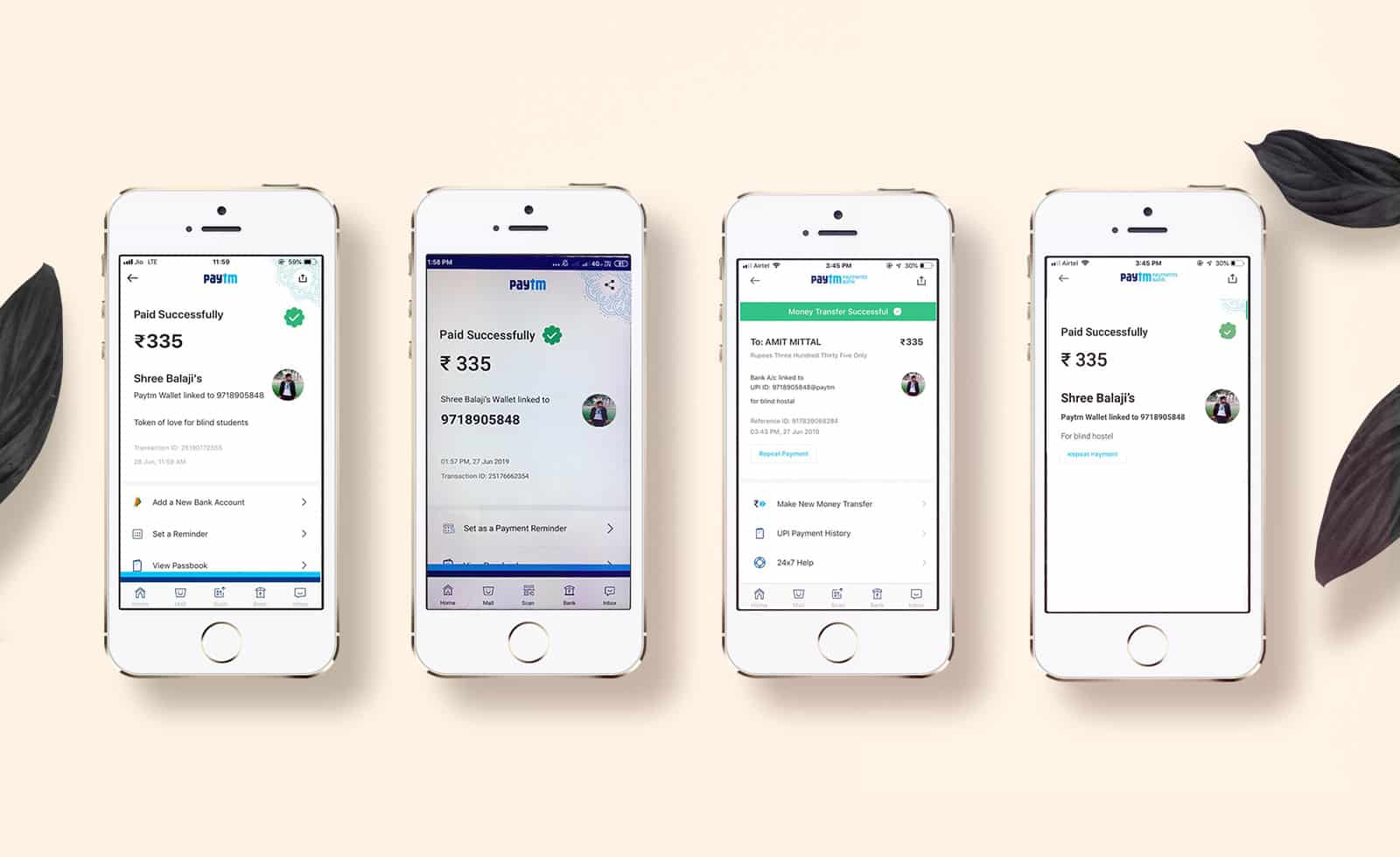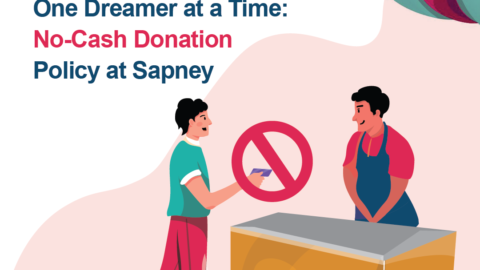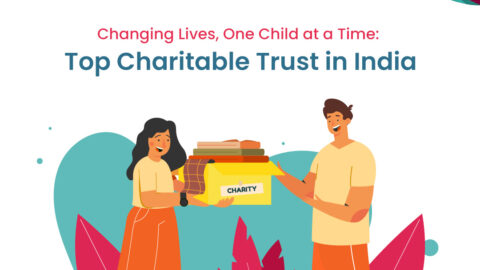Becoming a parent is one of life’s happiest moments, but life comes with its own challenges. Not every couple gets the pleasure of being biological parents and raising their own children. But that does not mean they can’t be a parent. Adoption is the best thing for couples wishing to have children.
There are not one but 6 ways through which you can welcome a child into your family and be a parent.
1. Open Adoption
The biological mother can choose the prospective adoptive parents to adopt her child. She can meet and be in touch with the child even after adoption.
Pros
- The child has access to significant medical data, which can be used to identify genetic abnormalities and serve other medical needs.
- The child can access his biological parents if he needs to learn the reasons behind their choice.
- The adoptee has a large extended family, other loved ones, and supporters.
- The child can access his family history and ancestry if he/she wishes to.
Cons
- Expectations from biological parents in contrast to adoptive parents could differ.
- During disagreements on where to draw the line, there may be a problem with boundaries.
- A state of confusion since the morals and values of the two families may not be compatible.
2. Semi-Open Adoption
Unlike the former category of adoption, the birth parents and adoptive parents are not required to communicate with one another. Furthermore, the adoptive parents or the adoption agency she is registered with may continue to send letters and pictures if the mother demands.
Pros
- The medical records and other basic information of the birth parents are accessible to the adoptive parents in case of any health problem or other emergency.
- Your privacy is protected thanks to this form of adoption.
- The living style and type of care given to the child are fully disclosed to the expectant parents.
- In the future, the child can get in touch with the birth parents.
Cons
- The mediator agency is required to be used by both parties. Thus, making the process lengthy.
- If the adoption agency decides to close its doors or ceases to exist, a semi-open adoption may turn into a closed adoption.
- The communication can permanently end if either party loses contact with the agency.
3. Closed Adoption
As the name suggests, this adoption involves no contact between the adoptive and birth parents.
Pros
- The child will not feel torn or confused between the two families.
- There is a sense of closure for both sets of parents. Thus, helping them to move forward in their lives.
- The adopted child will have a chance to experience a close-knit family.
- There will not be any intrusion from the birth parents.
Cons
- After knowing he is adopted, the child may want to find birth parents.
- There may be limited medical information available in case of an emergency.
- The adoptee may face an identity crisis.
4. Intra-family Adoption/Relative Adoption
Intra-family Adoption, also known as relative adoption, is a kind of adoption that happens within the family.
Pros
- Irrespective of the adoption, the child can stay within the biological family.
- The adoptive parents are in full control of taking various important decisions in the favor of the child.
- The adopted child, in most cases, gets to keep his original name.
Cons
- After a certain age, a change in the adoptive parents may confuse the child.
- The time to contact and visits are usually decided by the adoptive parents.
5. Domestic Adoption
Domestic adoption refers to adoption that happens within the country.
Pros
- Domestic adoption is less expensive than overseas adoption.
- It demands less paperwork than international adoption does.
- Any couple looking to adopt a newborn child can do it without any difficulty.
- There is no need for overseas travel.
Cons
- The requirements for becoming an adopted parent are exceedingly severe, and so are the rules.
- Adoptive parents may only have access to a certain number of kids.
- The mother’s rejection of the adoption could result in its cancellation.
6. International Adoption
International adoption involves adopting a child from outside the country or giving a child to a couple (adoptive parents) who are not a native of that country.
Pros
- Most international adoptions involve orphaned children, therefore no access to the information of birth parents.
- The couple gets to choose from different kinds regarding gender, color, health, and age.
Cons
- This adoption is costly due to various travel and procedure expenses.
- In international adoption, there are high chances of fraud
- The child may take time to become used to a new environment, culture, and way of life.
It makes no difference what kind of adoption you select. The fact that you welcome a child into your home with warmth and affection and help them feel at home is crucial.

